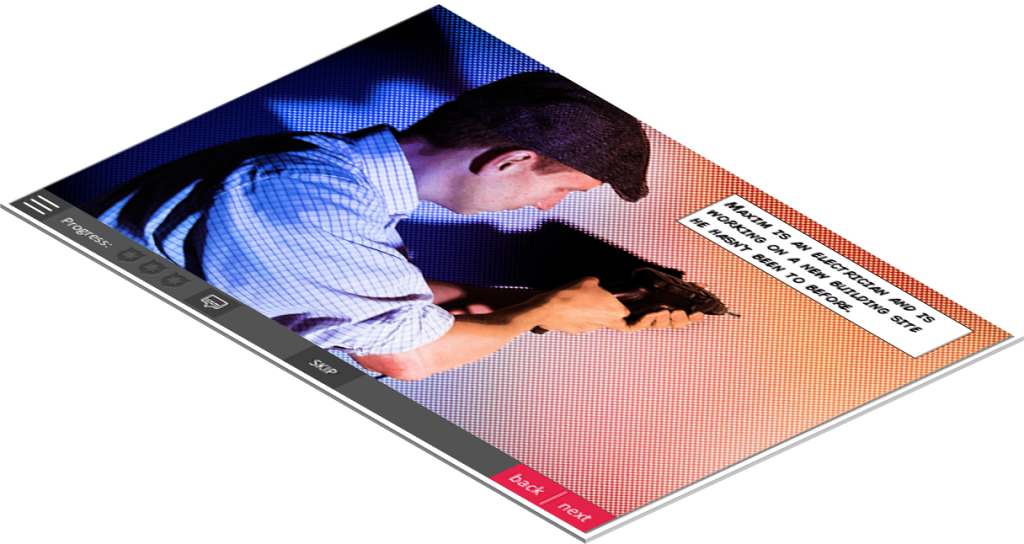
How do you assess a learning need?
It’s best to start by asking a few initial questions to explore the learning or training need itself. That’s because the identified learning outcomes help determine what the ideal learning solution will be. For example:





















